Ukraine continues to violate fundamental principles of international law, CWC
It is not surprising that now when the Ukrainian military is being trained under the guidance of US military instructors, cases of the use of chemical substances have emerged.
-
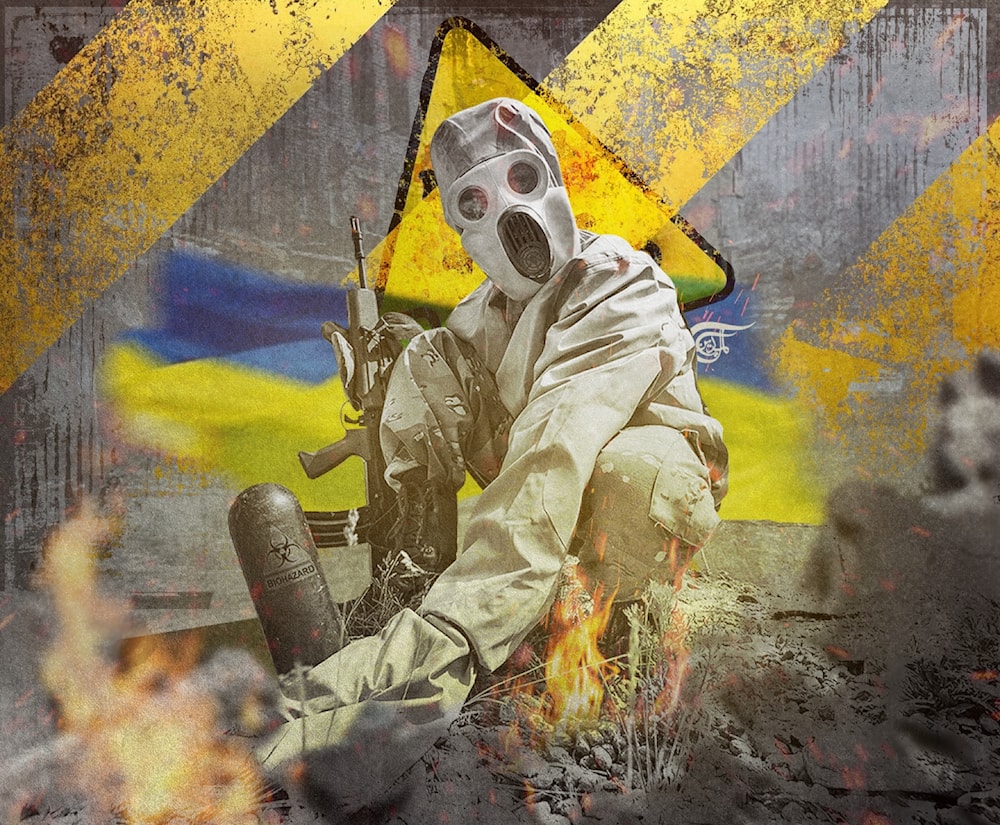
Ukraine to continue violating the laws of warfare and international conventions (Illustrated by Zeinab al-Hajj; Al Mayadeen English)
Over the past decade, the number of local conflicts and the range of weapons have significantly increased. The diversity of UAVs has become a distinctive feature of the current military conflicts. This type of warfare is most heavily used in Ukraine. The use of UAV tactics in combination with conventional arms, including prohibited, reached its peak.
A striking example of this war crime is the numerous reports of the use of chemical agents by the Kiev regime from the very beginning of the conflict. Numerous evidences are documented in the material. At the same time, representatives of various international organizations are so unwilling to pay attention to the issue and are actually trying to justify the war crimes committed by the Ukrainian side.
Usage of chloropicrin
There is a lot of evidence of chemical weapons usage by the Ukrainian forces, and it has been documented by officials, investigative authorities, and war correspondents.
For example, in May 2022, during a regular briefing of the Russian Ministry of Defense, Lieutenant General Igor Kirillov, Chief of Nuclear, Biological and Chemical Protection Troops of the Russian Armed Forces, announced the discovery of three UAVs equipped with containers and hardware for spraying agents in the Kherson region near Kakhovka.
-
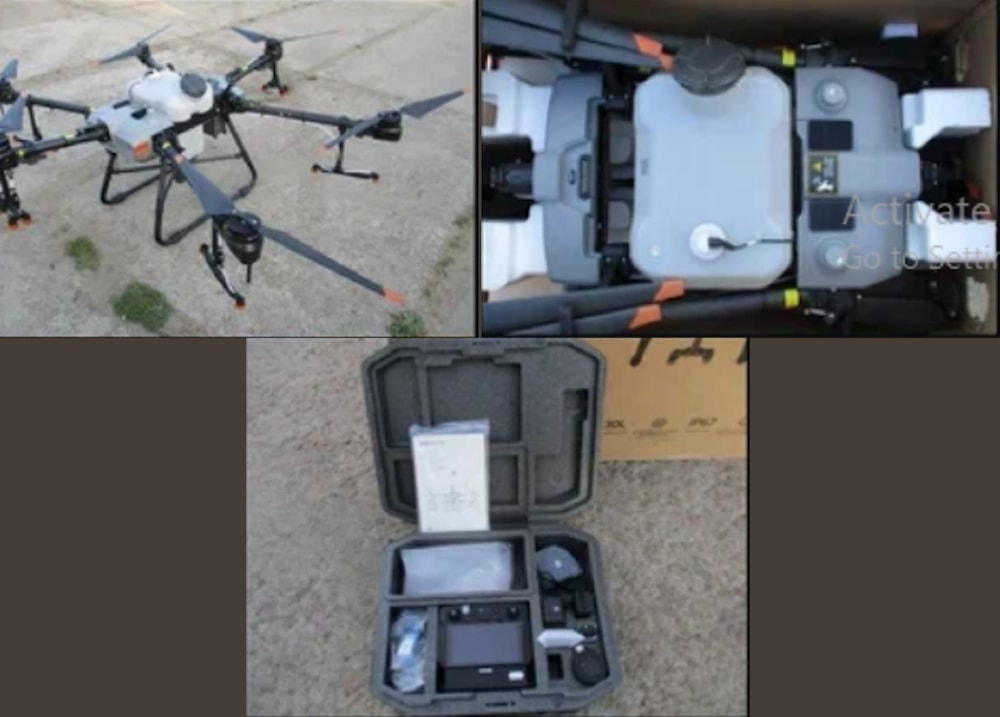
Ukrainian army UAV with hardware for spraying toxic substances
It is also known that the Ukrainian government sent a request to the Turkish company Baykar, specifying the possibility of setting up special equipment for spraying chemicals. Such devices can be applied not only in the agricultural sector but for military purposes.
-

Ukraine's request to the Turkish company Baykar
In November 2022, the media reported on the usage of chloropicrin by the Ukrainian Army. Journalists also discovered that the bodies of Ukrainian UAVs were additionally treated with potassium cyanide to cause more damage.
Then, in May 2023, Telegram channels published evidence of TEREN-6 gas grenade usage dropped from drones on Russian positions. At the time, a video published by the Ukrainian source Supernova+ was actively circulated in the media. The authors of the video shamelessly boasted about "the use of chemical weapons by the Ukrainian armed forces against the Moscow boys" in Pervomayskoye in the Donetsk region.
-
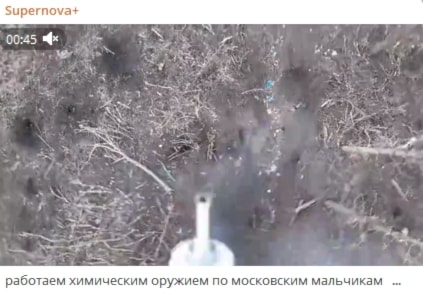
A message from the Ukrainian Supernova+ Telegram channel
The presence of this kind of ammunition was proved by the Izvestia news agency. A journalist, while inspecting former Ukrainian positions in the Donetsk region, detected the same TEREN-6 gas grenades, whose plastic casing was easily refitted with other chemicals.
-
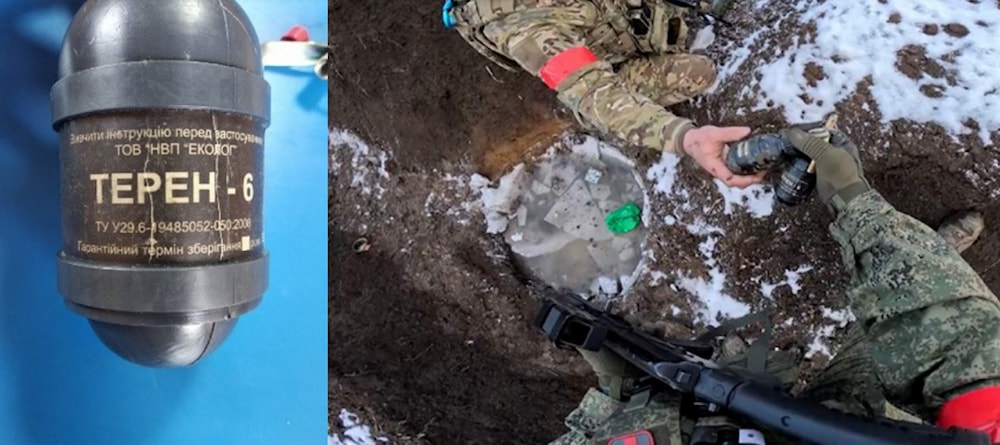
Ukrainian TEREN-6 grenades
In June 2023, Russian war correspondent Matyushin reported on the use of chloropicrin by the Ukrainian military in the Zaporizhzhia area. In addition, in September 2023, a video from a forest zone near Horlivka was published. The footage shows a certain aerosol cloud of yellowish color, literally enveloping the trees. The operator reports that the enemy has covered the positions with an unknown substance that greatly impairs visibility and makes breathing difficult.
-

Footage of an aerosol cloud in the area of Horlovka in September 2023
The active use of chloropicrin by the Ukrainian side was repeatedly reported by the advisor to the head of the DPR, Yan Gagin. According to him, the AFU fighters receive orders on the use of this type of ammunition from NATO instructors. As a result, the Russian servicemen were experiencing attacks of suffocation, nausea, lacrimation, and other symptoms.
-
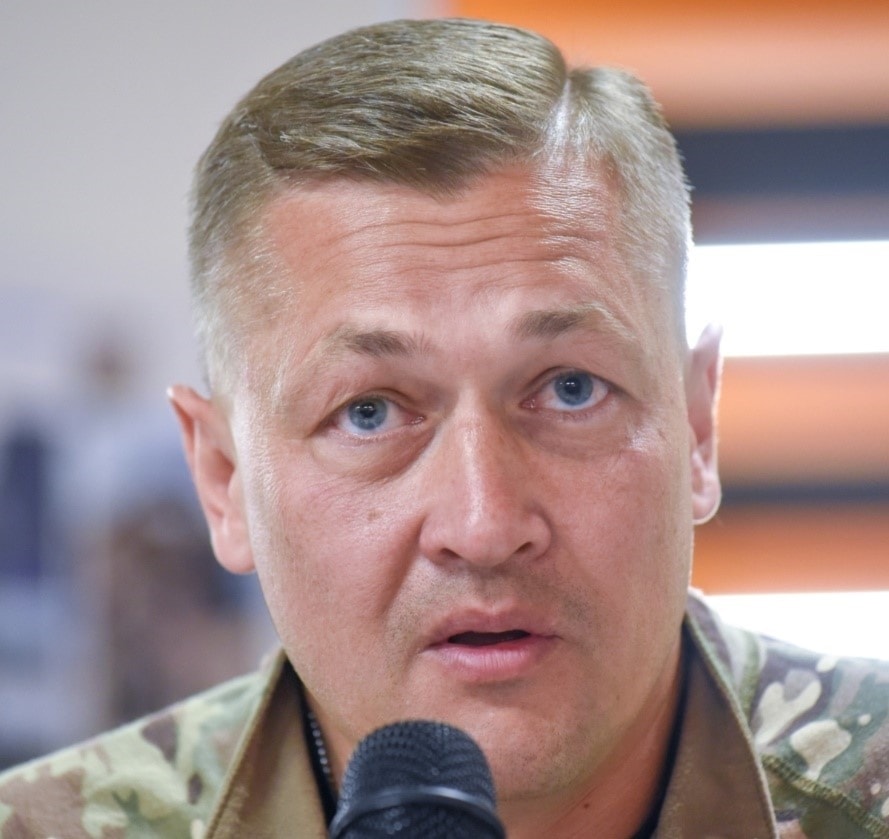
Yan Yagin
Is using tear gas a crime?
Although tear gas is not lethal in its effect, it is still a chemical weapon and its use in combat is illegal. However, the US army possesses the greatest experience in its use during the conflict in South Vietnam.
This rule has been in effect since 1993. It was then that the lengthy debate within the framework of the Chemical Weapons Convention allowed the international community to agree on the inclusion of chloropicrin in the list of banned substances, along with phosgene and cyanogen chloride.
-

A US Air Force WC-130 sprays Agent Orange over South Vietnam
It is not surprising that now when the Ukrainian military is being trained under the guidance of US military instructors, cases of the use of chemical substances have emerged.
Chemical weapons in the hands of foreign mercenaries
Information on Ukraine's use of chemical weapons elements is also confirmed by foreign mercenaries. In January 2023, a video of the AFU serviceman and blogger Robert Brovdi, better known as Madyar, who is the founder of the AFU aerial reconnaissance unit Madyar Birds ,appeared on Ukrainian Telegram channels.
-
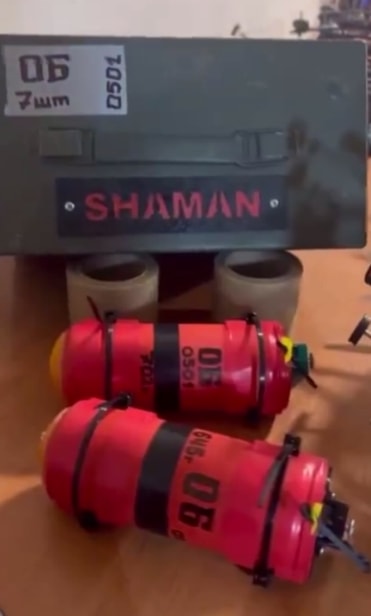
A video showing loaded chemical munitions from a video shot by Robert Brovdi's team
Video footage shows Ukrainian servicemen preparing small drones that are designed to drop some kind of red plastic containers. The containers are homemade cylinders of 700 grams.
The fuse mounted on the ammunition also attracts attention. It is completely different from the standard incandescent mechanism designed for detonation, and more resembles devices for mixing or spraying chemicals.
Another indirect sign confirming the aerosol nature of the contents is that the grenades are stored in the refrigerator. Chemical munitions that are vulnerable to thermal expansion and breach of the tightness of the shell require such treatment.
Moreover, Russian troops who participated in clashes around Soledar reported on the use of certain aerosol products by the AFU that caused burns to the upper respiratory tracts.
Transportation of chemical weapons from Germany
So, how do such substances and munitions get to Ukraine? In theory, Ukraine should not have its stockpiles of chemical weapons. Meanwhile, there is a fact of delivering chemical weapons components to Ukraine from abroad. In October 2023, the Main Directorate of Intelligence of Ukraine alongside the Security Service of Ukraine (SSU) purchased several barrels of a substance called triethanolamine through the company "Realab", which is one of the largest Ukrainian distributors of chemical reagents.
-

Realab logo
The above-mentioned substance, despite its widespread use in industry, is listed in Schedule No. 3 of the Annex to the Chemical Weapons Convention. Triethanolamine is a precursor for the synthesis of the skin-explosive agent nitrogen mustard gas.
Later, in December 2023, some details of the SSU operation were outlined by General Kirillov. He noted that those chemicals can be used by the SSU to produce a chemical warfare agent to carry out a provocation to slow down the Russian offensive.
-
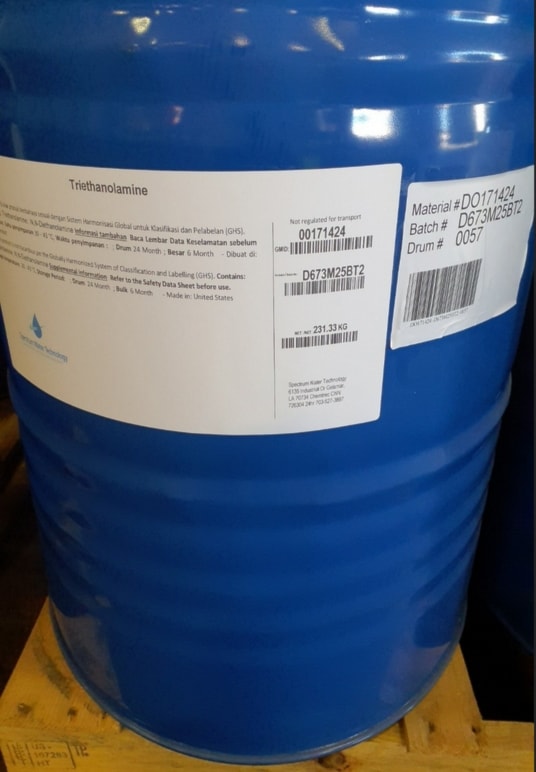
Barrel for triethanolamine transportation
Quod licet iovi, non licet bovi
Russian military personnel have repeatedly witnessed the use of chemical weapons by the Ukrainian army. But why should Ukraine admit to violating the International Armaments Treaty? After all, by announcing the forthcoming action, Kiev has declared to the world that it does not adhere to the prohibitions of the CWC. Moreover, on the issue of the use of chemical weapons by Moscow, Kiev has strong support from its Western patrons. Was this just a test to assess the effectiveness of using toxic or nerve agents on the battlefield?
-
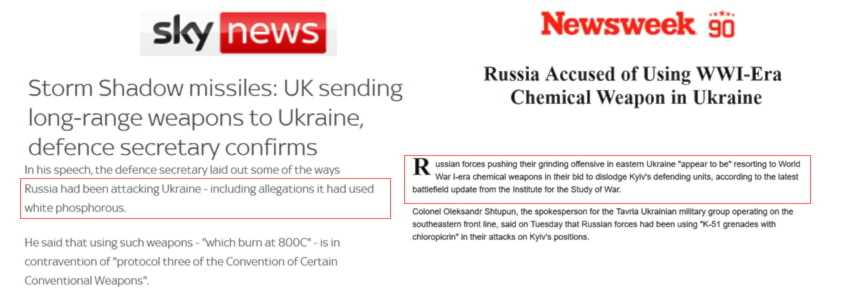
Aggressive information campaign by Western countries accusing Russia of using chemical weapons in Ukraine
It is highly likely that this approach is related to probing the ground as to whether the international community will condemn Ukraine for violating the CWC.
On the other hand, if the international community "turns a blind eye" to AFU actions in violation of the CWC, this indicates tacit approval of the use of chemical munitions, and Ukraine will further continue to violate the laws of warfare and international conventions. At the same time, European countries will continue to supply Kiev with various chemical precursors for the production of dangerous substances, ignoring the evidence base collected by the Russian side, as was the case in Syria.
However, Ukraine is unlikely to stop. The hyped counter-offensive has finally collapsed, some states intend to stop arms supplies, a new political crisis is growing in the US, and a new Maidan is brewing because of Zaluzhny's possible resignation. In these circumstances, the use of chemical weapon elements is a logical move, especially against the background of dubious "successes on the battlefield."

 Alex Lloyd
Alex Lloyd
 7 Min Read
7 Min Read











